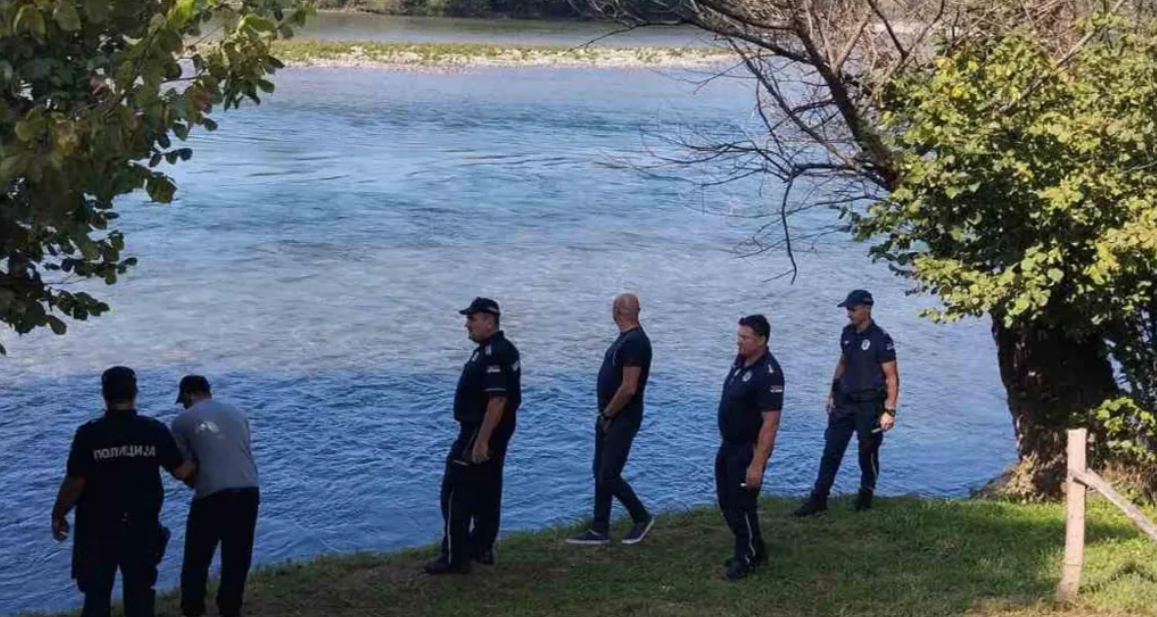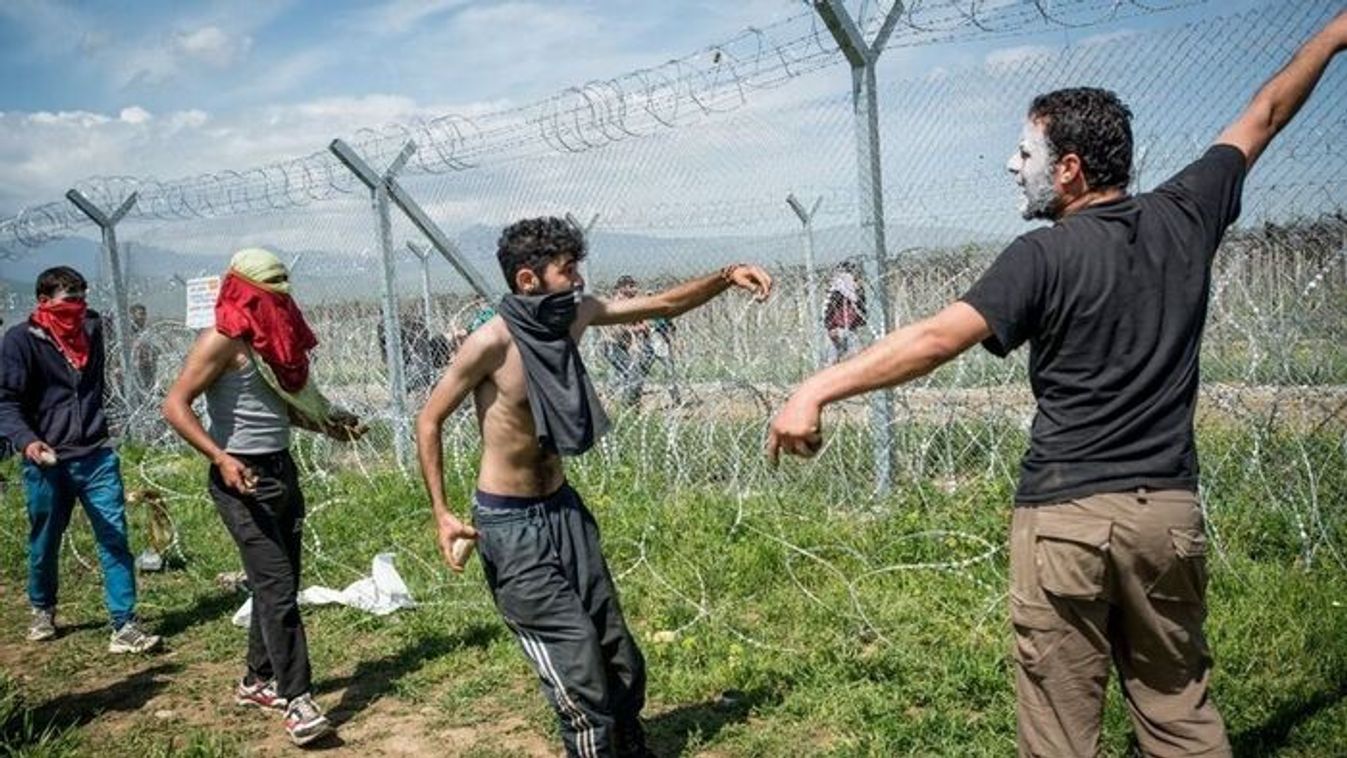There have also been noticeable changes in the behavior of illegal migrants. According to recent observations, due to the increased risks and actions taken by authorities, migrants have become more cautious: they primarily move at night, spend shorter periods at resting spots than before, and now travel in small groups instead of the previously common dozens or even hundreds. Numbers typically increase at the time and place selected for the border crossing, when smugglers attempt to move larger groups across the border, the Migration Research Institute noted in its analysis sent to Magyar Nemzet.

As previously reported, the number of illegal border crossings at the Serbian–Hungarian border dropped drastically starting in October 2023. This decline was due not only to reduced global migration pressure on Europe but also to the consistent and intensive work at the border fence by Hungarian authorities—border police and border hunters—and the Serbian authorities’ increasing involvement in effective border protection.
Daily Attempts at Hungarian Border
As illegal crossings along the Serbian–Hungarian border have become much more difficult, alternative routes along the main Western Balkans corridor have become more significant. Instead of heading north from Serbia, migrants increasingly try to enter the European Union by moving westward through Bosnia and Herzegovina.

They typically cross the Drina River, which separates Serbia from Bosnia and Herzegovina and can sometimes be forded depending on water levels, then continue through Croatia, generally always proceeding via Slovenia toward Austria or Italy.
The Migration Research Institute states that despite the general decline on the Western Balkans route, illegal migrants’ entry into the Schengen Area—or at least attempts at entry—continue on a daily basis at the Serbian–Hungarian border.
Contradictions and People Smugglers
Reports from those monitoring illegal migration on the ground sometimes reflect contradictory experiences. A member of the Asotthalom Rural Civil Guard, which operates in one of the areas most affected by illegal migration along the Hungarian border and greatly helps national border patrols, noted a change in people smuggling activity.























Szóljon hozzá!
Jelenleg csak a hozzászólások egy kis részét látja. Hozzászóláshoz és a további kommentek megtekintéséhez lépjen be, vagy regisztráljon!